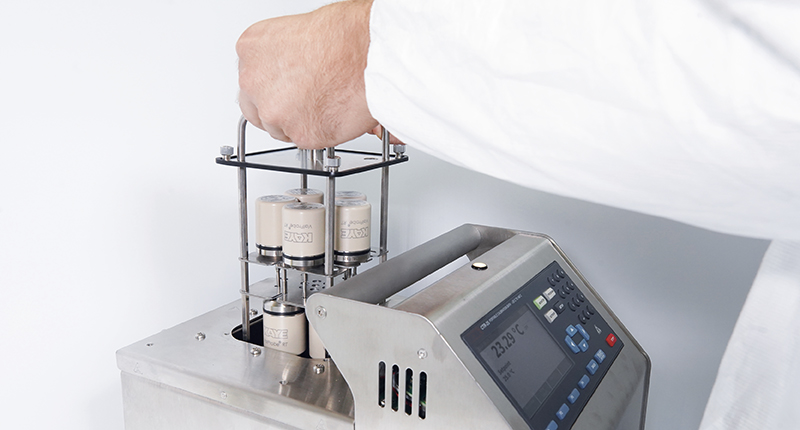Enhancing measurement accuracy is crucial in achieving reliable data, and it starts with considering sensor-dependent immersion depth. By calibrating and adjusting the entire measurement chain—including both sensors and data loggers—engineers can ensure precision and consistency in their readings, leading to more trustworthy outcomes in various applications.
Data loggers are typically calibrated and adjusted by the manufacturer before shipping. To minimize potential measurement errors that may occur during the regular use of data loggers (whether with or without real-time data transfer), it is recommended to regularly perform a documented calibration review. These additional checks should be carried out within the calibration and adjustment cycles set at least annually, depending on the frequency of use and sensitivity of the validated application based on a risk assessment. But what should you pay attention to in these checks?
A central challenge is to comply with the minimum immersion depth of the temperature sensor and to calibrate the entire measuring chain (sensor and electronics). These are factors that must be taken into account during calibration and subsequent measurements. If these factors are disregarded, incorrect adjustments or temperature measurements could occur, leading to inaccurate measurement results.
Flexible sensors can be calibrated in a block calibrator for quick checks. In contrast, rigid temperature sensors often require calibration in a liquid bath, taking into account the minimum immersion depth. In general, the highest measurement accuracy is achieved when both the sensor and electronics are calibrated at the same temperature. This helps to minimize errors that can arise from the temperature coefficient of the electronics.
The capacity of the calibration bath determines how many data loggers can be calibrated at the same time. Kaye calibration baths make it possible to calibrate up to ten data loggers at once.
One essential rule in temperature measurement is that verification or calibration is only carried out once full stability has been achieved. Kaye ValProbe Standard/RT data loggers support users with suitable software functions in the Verification module and ensure the stability of the sensor to be verified before starting the automated verification.
In conclusion
The correct immersion depth and calibration of the sensor and electronics at the same temperature are both essential aspects in ensuring maximum accuracy in the calibration of temperature data loggers. By paying attention to both aspects, temperature errors caused by the temperature coefficient of the electronics and by an incorrectly observed immersion depth can be avoided.
To enquire about a product or service, you can reach out to us online and one of our representatives will be happy to assist you! To contact us, please visit us here: https://www.kayeinstruments.com/en/contact
To request a demo of any of our products, please visit our demo request website here: https://www.kayeinstruments.com/en/demo
Follow us on LinkedIn or register for our newsletter: https://www.kayeinstruments.com/en/newsletter-subscription
Copyright: Amphenol Corporation


